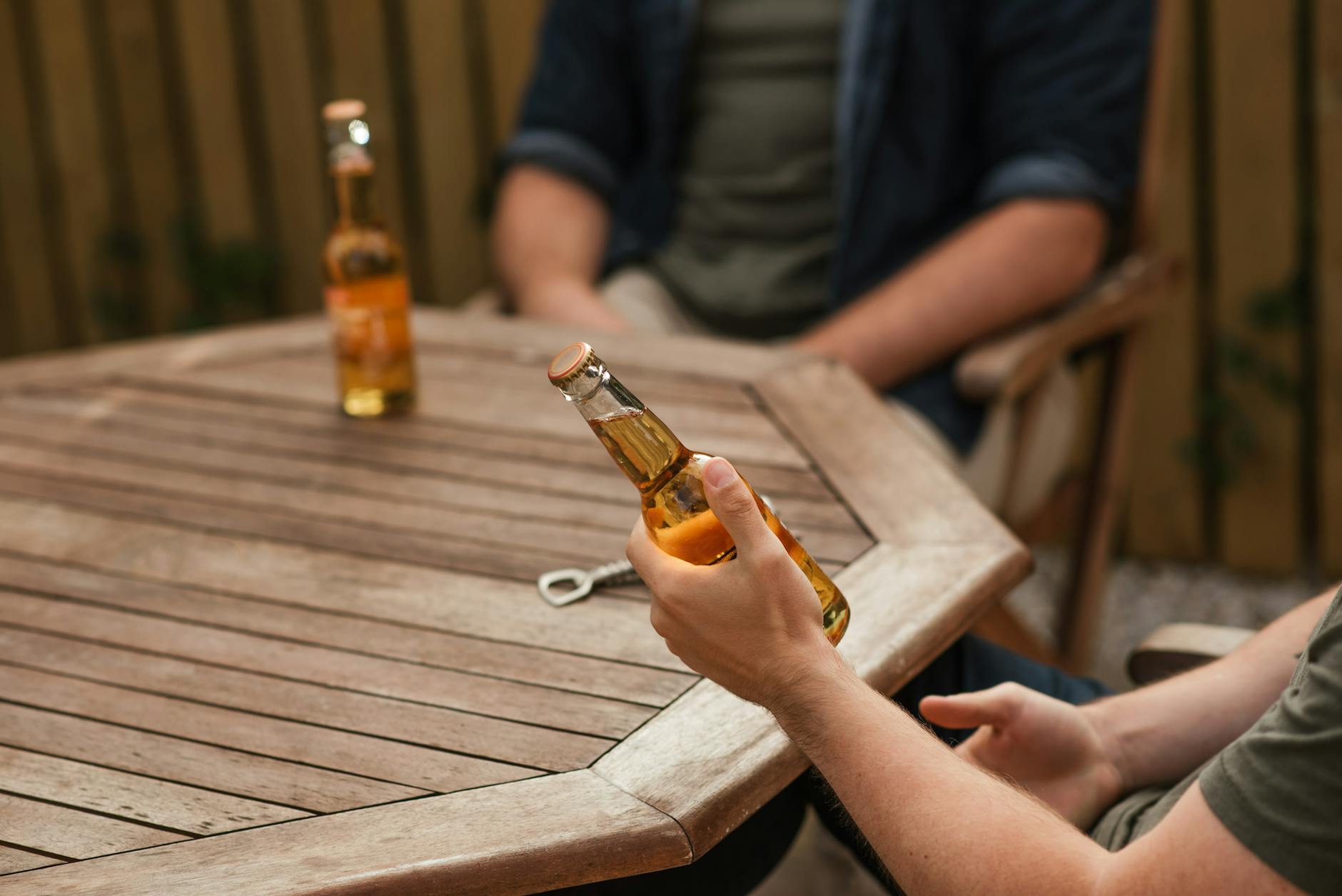Ever wondered why you can handle five beers while your friend is already tipsy after two? Unlock the mystery here.
Table of Contents
Alcohol, a ubiquitous social lubricant, has the power to transform even the most reserved individual into the life of the party. But have you ever wondered how many beers it takes for you to reach that blissful state of intoxication? The answer to this question is not as straightforward as one might think. In this blog post, we will delve deep into the science behind alcohol metabolism, individual tolerance levels, and the various factors that influence how quickly you get drunk.
Alcohol Metabolism and Intoxication
When you consume alcohol, it undergoes a complex process of metabolism in your body. Alcohol is primarily broken down in the liver by enzymes, which convert it into acetaldehyde and then into acetate. The rate at which this process occurs can vary depending on factors such as genetics, age, and overall health.
One of the key determinants of alcohol intoxication is blood alcohol concentration (BAC). BAC is a measure of the amount of alcohol in your bloodstream, expressed as a percentage. As your BAC rises, you may experience various effects, ranging from mild relaxation to impaired coordination and judgment.
Individual Tolerance Levels
Alcohol tolerance refers to the body’s ability to handle increasing amounts of alcohol over time. Factors such as genetics, age, gender, and overall health can influence an individual’s tolerance level. For example, individuals with a higher body weight or more efficient metabolism may be able to consume more alcohol before feeling intoxicated.
It is important to note that alcohol tolerance is not a static trait and can change over time. Regular alcohol consumption can lead to an increase in tolerance, requiring higher doses of alcohol to achieve the same level of intoxication. This phenomenon underscores the importance of drinking responsibly and knowing your limits.
Influencing Factors on Intoxication
Several factors can influence how quickly someone becomes drunk after consuming alcohol. Gender plays a significant role, as women tend to have a higher BAC than men after consuming the same amount of alcohol. This is due to differences in body composition, specifically a higher proportion of body fat in women, which affects alcohol distribution in the body.
Body weight is another important factor to consider when gauging intoxication levels. Generally, individuals with a higher body weight can tolerate more alcohol before feeling intoxicated compared to those with a lower body weight. Additionally, having food in your stomach can slow down the absorption of alcohol, potentially reducing its intoxicating effects.
Conclusion
Understanding how many beers it takes to get drunk is not a simple calculation but rather a nuanced interplay of factors. By exploring the science behind alcohol metabolism, individual tolerance levels, and various influencing factors, we can gain a better understanding of our own drunkenness quotient.
Ultimately, responsible alcohol consumption is key to enjoying the social aspects of drinking while minimizing the risks of excessive intoxication. Knowing your limits, being aware of the factors that affect your intoxication levels, and drinking in moderation are essential practices for a safe and enjoyable drinking experience.
FAQ Section
How does alcohol affect metabolism?
Answer 1: Alcohol is primarily metabolized in the liver by enzymes, converting it into acetaldehyde and then into acetate. Factors like genetics and overall health can influence the rate of alcohol metabolism.
Why do some people have higher alcohol tolerance levels?
Answer 2: Factors such as genetics, age, body weight, and metabolism can contribute to an individual’s alcohol tolerance. Regular alcohol consumption can also lead to an increase in tolerance over time.
How does gender impact intoxication levels?
Answer 3: Women tend to have a higher blood alcohol concentration (BAC) after consuming the same amount of alcohol as men. This is due to differences in body composition.
What role does food consumption play in alcohol absorption?
Answer 4: Eating food before drinking can slow down the absorption of alcohol, potentially reducing its intoxicating effects. Having food in the stomach can help mitigate the impact of alcohol on the body.


Leave a Reply